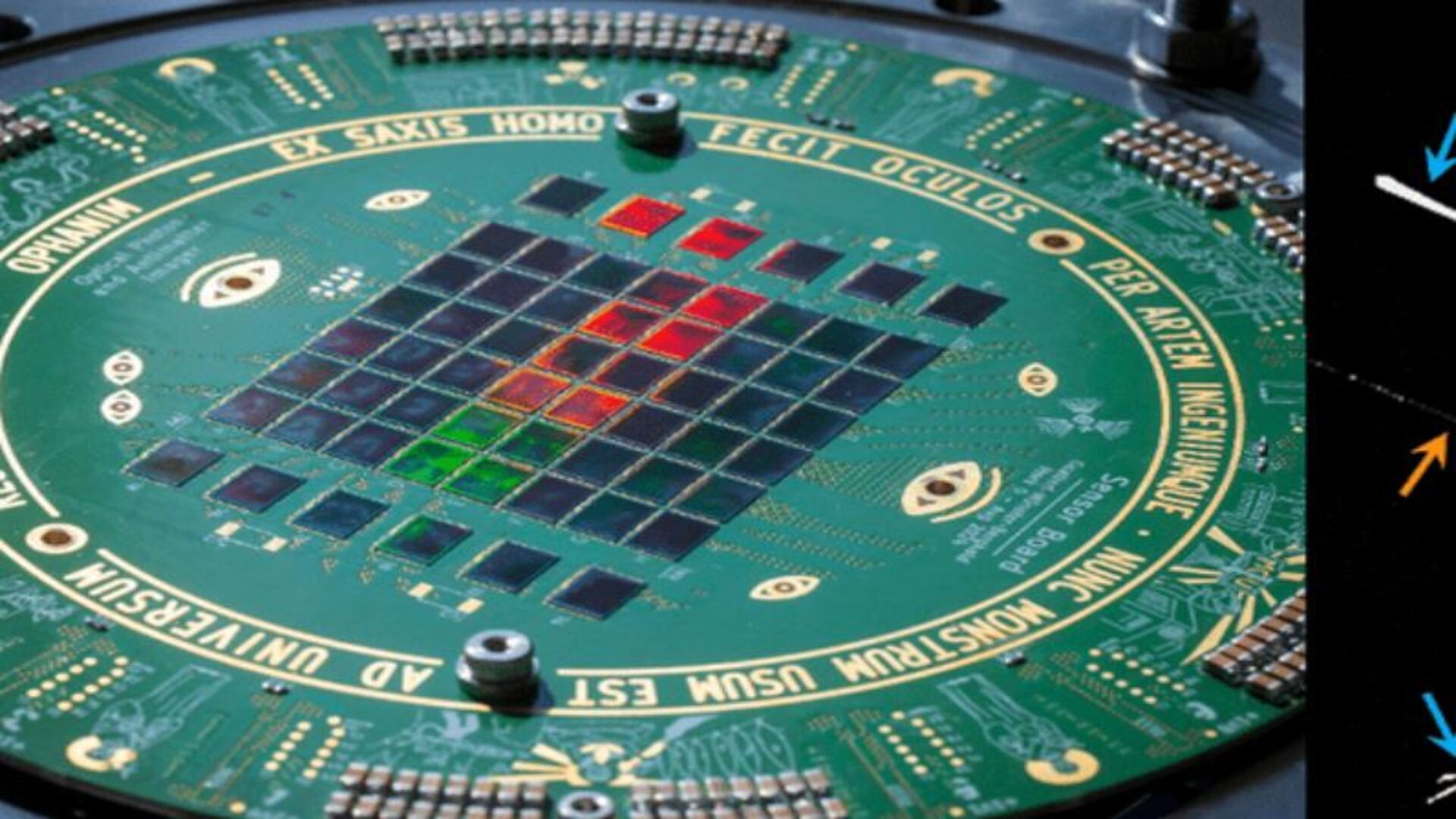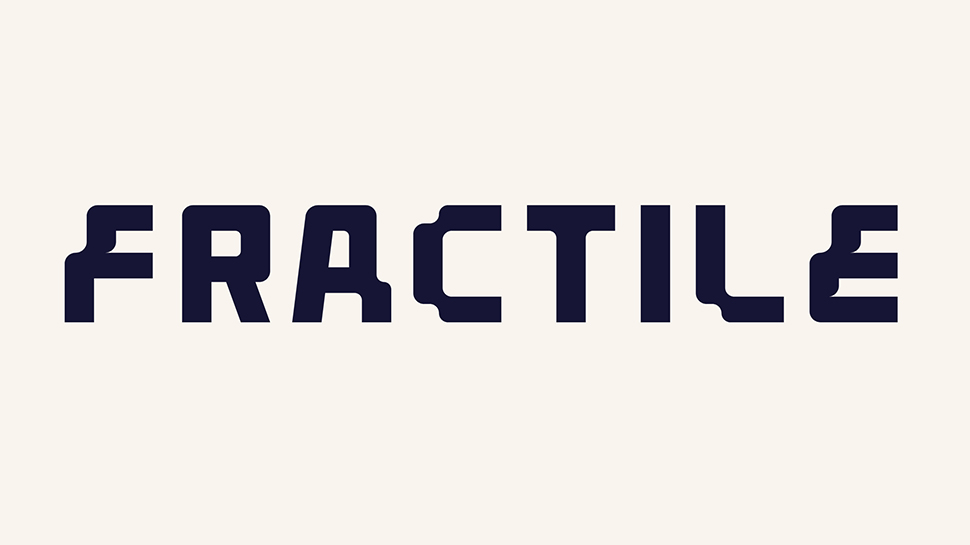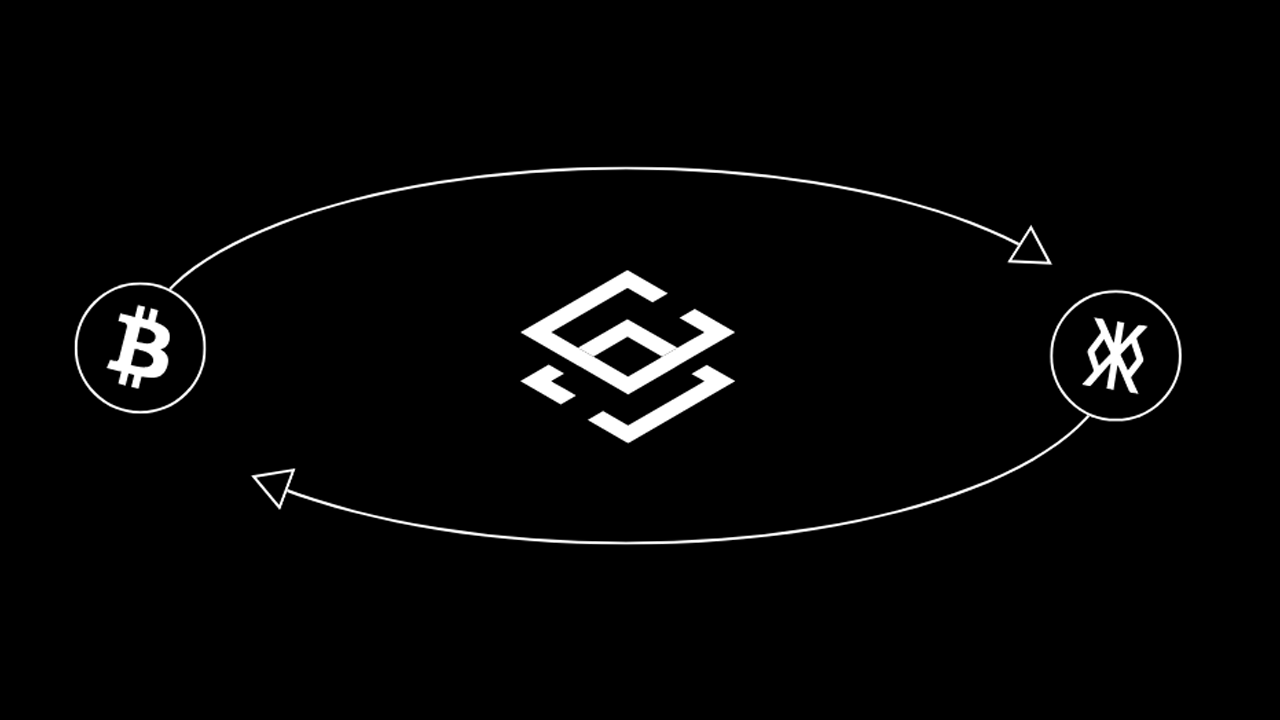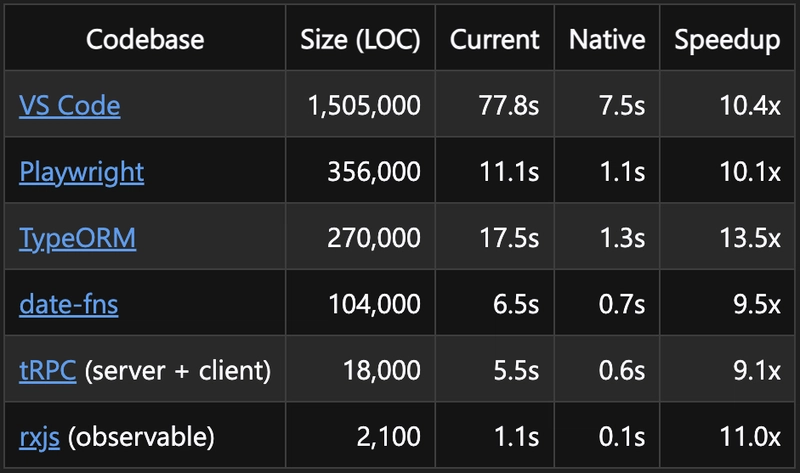Mastering MuleSoft Integration: Patterns, Architecture, and Best Practices
In today's fast-paced digital landscape, MuleSoft integration has emerged as a powerful solution for enterprises seeking seamless connectivity between their applications, data sources, and devices. The Anypoint Platform offers comprehensive tools for both cloud and on-premises integration, supporting various architectural approaches including SOA, SaaS, and API management. Organizations can leverage MuleSoft's capabilities to rapidly develop, deploy, and scale their integration solutions, enabling faster digital transformation, improved operational efficiency, and enhanced data accessibility. Whether implementing cloud migrations, automating business processes, or adopting AI technologies, MuleSoft provides the foundation for modern enterprise integration needs. Selecting the Right Integration Pattern API-Led Integration Architecture The foundation of modern MuleSoft implementations often begins with API-led connectivity. This structured approach divides APIs into three distinct layers: experience, process, and system. Each layer serves a specific purpose, creating a modular and maintainable architecture that promotes reuse and scalability. Organizations benefit from this approach when building complex enterprise solutions that require flexible integration points and secure data access. Event-Driven Solutions For organizations requiring real-time responsiveness, event-driven architecture (EDA) provides an efficient solution. Through Anypoint MQ and AsyncAPI capabilities, MuleSoft enables robust publish-subscribe models. This pattern excels in scenarios where multiple systems need immediate updates based on specific triggers or events. The AsyncAPI specification ensures standardized documentation and implementation of event-driven interfaces, making it easier for teams to maintain and scale their solutions. Direct Point-to-Point Connections When simplicity is paramount, point-to-point integration offers straightforward connectivity between two systems. This pattern works best for uncomplicated scenarios where direct communication is needed between specific endpoints. While efficient for simple use cases, organizations should carefully consider scalability requirements before adopting this approach, as it can become difficult to maintain as system complexity grows. Message Routing Capabilities MuleSoft's message routing patterns provide sophisticated options for directing data flows based on specific criteria. Whether implementing content-based routing, conditional logic, or load balancing, these patterns ensure messages reach their intended destinations efficiently. This approach proves particularly valuable in complex workflows where data needs to be distributed across multiple endpoints based on business rules or system conditions. Batch Processing Framework For handling large volumes of data, MuleSoft's batch processing capabilities offer a robust solution. This pattern excels in scenarios requiring periodic data synchronization or extensive ETL operations. By processing data in manageable chunks, organizations can efficiently handle substantial datasets while maintaining system performance and reliability. This approach is particularly useful for non-real-time operations where data accuracy and completeness take precedence over immediate processing. Understanding MuleSoft Flow Architecture Core Flow Components MuleSoft flows consist of three essential building blocks that work together to create robust integration solutions. Connectors serve as standardized interfaces to external systems, processors handle data manipulation and business logic, and transformations manage data format conversions. This trinity of components forms the backbone of any MuleSoft integration, enabling seamless data movement across diverse systems. Connectors in Detail Connectors act as bridges between MuleSoft and external systems, providing pre-built connectivity to common platforms and protocols. These components handle the complexities of system-specific authentication, data formats, and communication protocols. Whether connecting to databases, cloud services, or legacy systems, connectors streamline the integration process by abstracting the underlying technical details. Processing Elements Processors form the logic layer of MuleSoft flows, executing operations that transform, filter, and route data. These components handle various tasks, from simple data validation to complex business rule implementation. Processors can be chained together to create sophisticated workflows, enabling organizations to implement complex business requirements while maintaining code clarity and reusability. Data Transformation Capabilities Transformation components, powered by DataWeave, enable seamless conversion between different data formats and structures. These elements are crucial for ensuring data compatibility
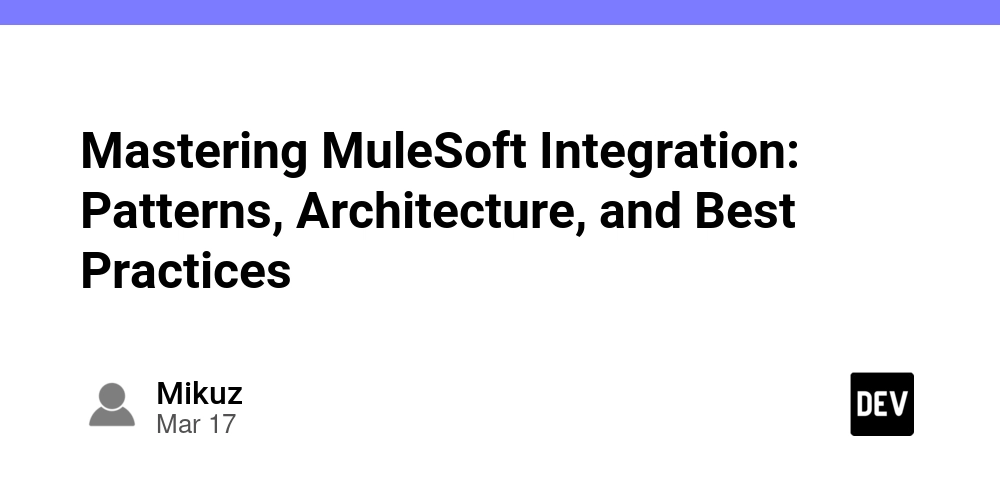
In today's fast-paced digital landscape, MuleSoft integration has emerged as a powerful solution for enterprises seeking seamless connectivity between their applications, data sources, and devices. The Anypoint Platform offers comprehensive tools for both cloud and on-premises integration, supporting various architectural approaches including SOA, SaaS, and API management. Organizations can leverage MuleSoft's capabilities to rapidly develop, deploy, and scale their integration solutions, enabling faster digital transformation, improved operational efficiency, and enhanced data accessibility. Whether implementing cloud migrations, automating business processes, or adopting AI technologies, MuleSoft provides the foundation for modern enterprise integration needs.
Selecting the Right Integration Pattern
API-Led Integration Architecture
The foundation of modern MuleSoft implementations often begins with API-led connectivity. This structured approach divides APIs into three distinct layers: experience, process, and system. Each layer serves a specific purpose, creating a modular and maintainable architecture that promotes reuse and scalability. Organizations benefit from this approach when building complex enterprise solutions that require flexible integration points and secure data access.
Event-Driven Solutions
For organizations requiring real-time responsiveness, event-driven architecture (EDA) provides an efficient solution. Through Anypoint MQ and AsyncAPI capabilities, MuleSoft enables robust publish-subscribe models. This pattern excels in scenarios where multiple systems need immediate updates based on specific triggers or events. The AsyncAPI specification ensures standardized documentation and implementation of event-driven interfaces, making it easier for teams to maintain and scale their solutions.
Direct Point-to-Point Connections
When simplicity is paramount, point-to-point integration offers straightforward connectivity between two systems. This pattern works best for uncomplicated scenarios where direct communication is needed between specific endpoints. While efficient for simple use cases, organizations should carefully consider scalability requirements before adopting this approach, as it can become difficult to maintain as system complexity grows.
Message Routing Capabilities
MuleSoft's message routing patterns provide sophisticated options for directing data flows based on specific criteria. Whether implementing content-based routing, conditional logic, or load balancing, these patterns ensure messages reach their intended destinations efficiently. This approach proves particularly valuable in complex workflows where data needs to be distributed across multiple endpoints based on business rules or system conditions.
Batch Processing Framework
For handling large volumes of data, MuleSoft's batch processing capabilities offer a robust solution. This pattern excels in scenarios requiring periodic data synchronization or extensive ETL operations. By processing data in manageable chunks, organizations can efficiently handle substantial datasets while maintaining system performance and reliability. This approach is particularly useful for non-real-time operations where data accuracy and completeness take precedence over immediate processing.
Understanding MuleSoft Flow Architecture
Core Flow Components
MuleSoft flows consist of three essential building blocks that work together to create robust integration solutions. Connectors serve as standardized interfaces to external systems, processors handle data manipulation and business logic, and transformations manage data format conversions. This trinity of components forms the backbone of any MuleSoft integration, enabling seamless data movement across diverse systems.
Connectors in Detail
Connectors act as bridges between MuleSoft and external systems, providing pre-built connectivity to common platforms and protocols. These components handle the complexities of system-specific authentication, data formats, and communication protocols. Whether connecting to databases, cloud services, or legacy systems, connectors streamline the integration process by abstracting the underlying technical details.
Processing Elements
Processors form the logic layer of MuleSoft flows, executing operations that transform, filter, and route data. These components handle various tasks, from simple data validation to complex business rule implementation. Processors can be chained together to create sophisticated workflows, enabling organizations to implement complex business requirements while maintaining code clarity and reusability.
Data Transformation Capabilities
Transformation components, powered by DataWeave, enable seamless conversion between different data formats and structures. These elements are crucial for ensuring data compatibility across systems, handling everything from simple field mapping to complex data aggregation and splitting operations. The declarative nature of DataWeave makes transformations both powerful and maintainable.
Flow Control Mechanisms
Flow control elements manage the execution path of integration processes, handling aspects such as error handling, parallel processing, and conditional routing. These components ensure robust operation under various conditions, enabling flows to handle exceptions gracefully and maintain data integrity throughout the integration process. Understanding flow control is essential for building reliable and scalable integration solutions.
Integration Patterns
MuleSoft flows support various integration patterns that can be implemented using combinations of these core components. Whether implementing request-response patterns, publish-subscribe models, or complex orchestration scenarios, the flexible nature of MuleSoft's flow architecture allows developers to create solutions that precisely match business requirements while maintaining best practices in integration design.
Development Practices and Design Guidelines
Code Organization Standards
Effective MuleSoft development requires careful attention to code organization. Implementing a consistent project structure helps teams maintain and scale applications efficiently. Key practices include separating configuration files from business logic, organizing flows by function, and maintaining clear naming conventions. This structured approach ensures that team members can quickly understand and modify code components while reducing technical debt.
Reusable Component Design
Creating modular, reusable components forms the foundation of sustainable MuleSoft development. Teams should design integration components with reusability in mind, packaging common functionality into separate flows or sub-flows. This approach reduces duplicate code, speeds up development, and ensures consistency across integration projects. Consider creating a library of standardized components for common operations like data validation, logging, and error handling.
Version Control and Documentation
Maintaining strict version control practices and comprehensive documentation is crucial for long-term project success. Teams should leverage Git for source control, implementing branching strategies that support their development workflow. Documentation should include detailed API specifications, flow diagrams, and configuration requirements. RAML or OAS specifications should be maintained for all APIs, ensuring clear communication of interface requirements.
Testing Methodology
A robust testing strategy encompasses unit tests, integration tests, and performance testing. MUnit tests should cover critical flow components, validating both success and error scenarios. Integration testing should verify end-to-end functionality across different systems and environments. Performance testing helps identify bottlenecks and ensures solutions meet scalability requirements before deployment.
Configuration Management
Proper configuration management separates environment-specific settings from application code. Teams should utilize properties files and secure credential management systems to handle different environment configurations. This separation enables smooth deployment across development, testing, and production environments while maintaining security best practices.
Continuous Integration and Deployment
Implementing CI/CD pipelines automates building, testing, and deployment processes. Teams should configure automated builds triggered by code commits, including automated testing and quality checks. Deployment automation should support both CloudHub and on-premises scenarios, with proper rollback capabilities in case of deployment issues. This automation reduces manual errors and speeds up the delivery pipeline while maintaining consistent quality standards.
Conclusion
Successful MuleSoft implementations require a comprehensive understanding of integration patterns, flow architecture, and development best practices. Organizations must carefully evaluate their specific needs when selecting integration patterns, whether opting for API-led connectivity, event-driven architectures, or simpler point-to-point solutions. The foundation of effective MuleSoft development lies in mastering flow components, including connectors, processors, and transformations, while maintaining a clear focus on scalability and maintainability.
Development teams should prioritize established coding standards, modular design principles, and robust testing procedures to ensure long-term solution sustainability. Implementing proper version control, documentation, and automated deployment processes significantly reduces operational risks and accelerates development cycles. These practices, combined with proper security measures and monitoring strategies, create a resilient integration ecosystem that can adapt to changing business requirements.
As organizations continue to evolve their digital landscapes, MuleSoft's flexibility and comprehensive feature set provide the tools needed to build sophisticated integration solutions. By following these best practices and guidelines, teams can create efficient, maintainable, and scalable integrations that deliver lasting business value while minimizing technical debt and operational complexity.






































































































































































![[The AI Show Episode 143]: ChatGPT Revenue Surge, New AGI Timelines, Amazon’s AI Agent, Claude for Education, Model Context Protocol & LLMs Pass the Turing Test](https://www.marketingaiinstitute.com/hubfs/ep%20143%20cover.png)



















































































































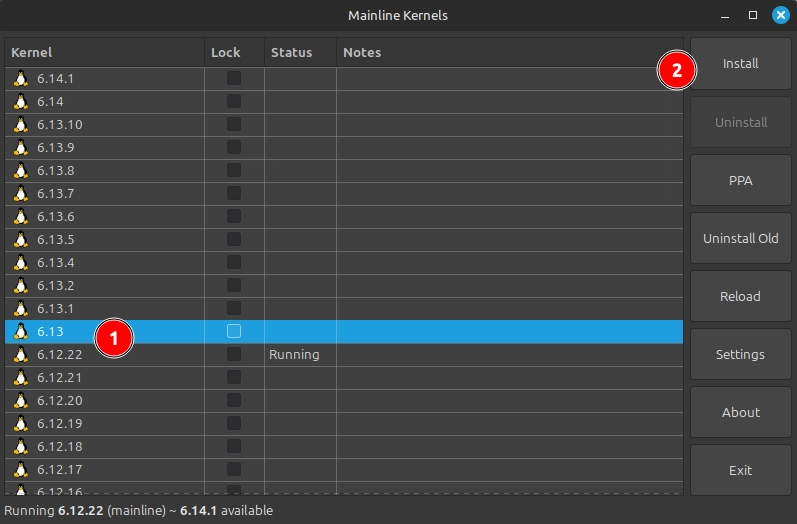
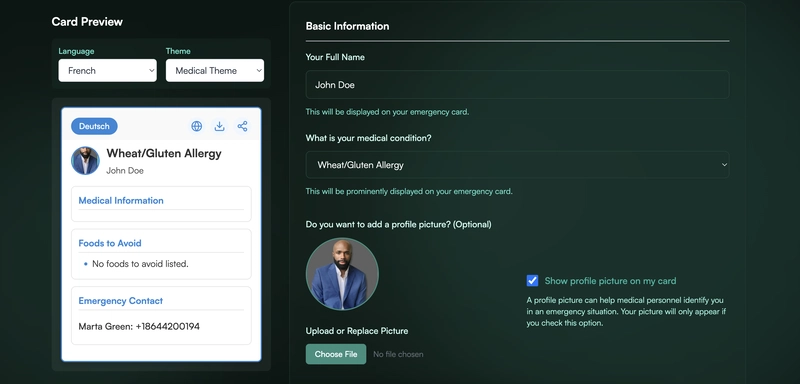












![From drop-out to software architect with Jason Lengstorf [Podcast #167]](https://cdn.hashnode.com/res/hashnode/image/upload/v1743796461357/f3d19cd7-e6f5-4d7c-8bfc-eb974bc8da68.png?#)









































































































.jpg?#)



















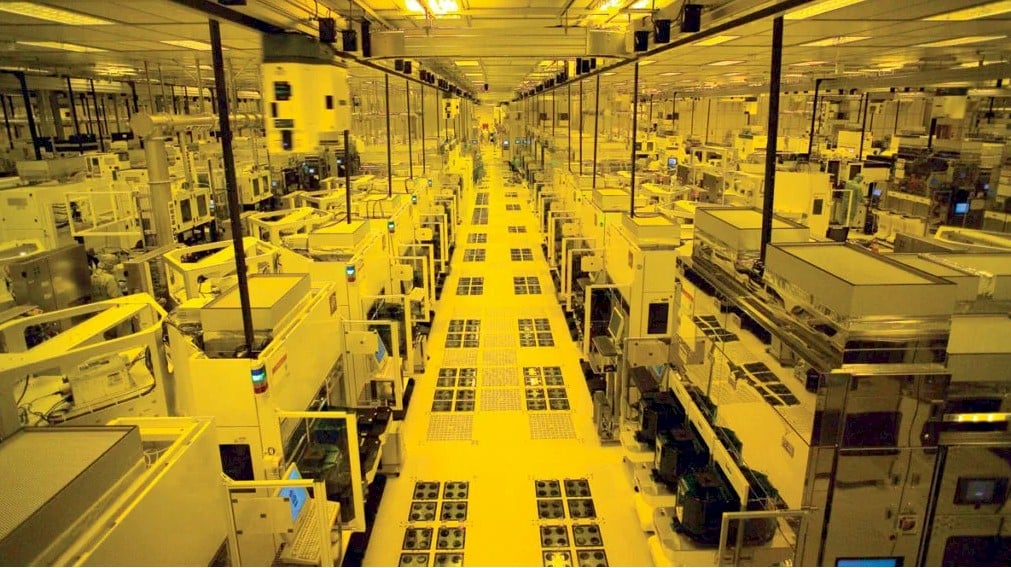











_ArtemisDiana_Alamy.jpg?#)


 (1).webp?#)

































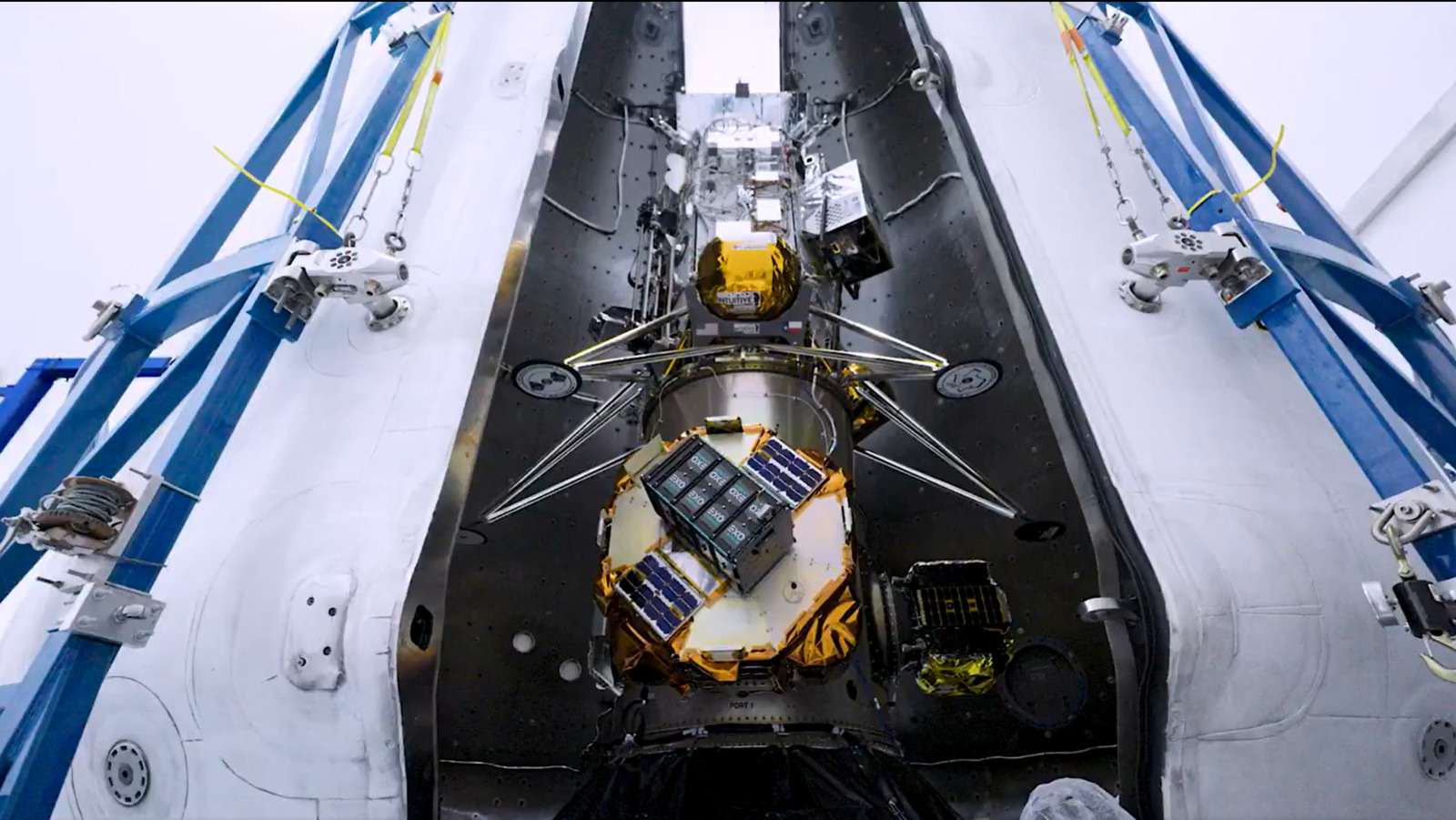







































-xl.jpg)













![Yes, the Gemini icon is now bigger and brighter on Android [U]](https://i0.wp.com/9to5google.com/wp-content/uploads/sites/4/2025/02/Gemini-on-Galaxy-S25.jpg?resize=1200%2C628&quality=82&strip=all&ssl=1)









![Apple Vision Pro 2 Allegedly in Production Ahead of 2025 Launch [Rumor]](https://www.iclarified.com/images/news/96965/96965/96965-640.jpg)


![New iOS 19 Leak Allegedly Reveals Updated Icons, Floating Tab Bar, More [Video]](https://www.iclarified.com/images/news/96958/96958/96958-640.jpg)
















